Few birds make news headlines, but a pair of Northern Flicker Woodpeckers at the Kennedy Space Center did so in 1995. They damaged the Discovery Space Shuttle by pecking over 200 holes, some as much as four inches deep, in the foam insulation of its external tank causing the mission to be delayed. The foam insulation protects the tank’s propellants from aerodynamic heating at launch. After the shuttle reaches orbit, the tank is jettisoned.
Woodpeckers Peck Space Shuttles
 Woodpeckers generally construct their nests in the soft wood of palm trees or dead trees. They peck in a ritual to attract mates and stake out territory, but why they pecked the external tank’s foam had left NASA baffled. Upon striking the aluminum skin of the external tank beneath the foam layer, they would stop and move to another spot to try again.
Woodpeckers generally construct their nests in the soft wood of palm trees or dead trees. They peck in a ritual to attract mates and stake out territory, but why they pecked the external tank’s foam had left NASA baffled. Upon striking the aluminum skin of the external tank beneath the foam layer, they would stop and move to another spot to try again.
The birds were quite persistent and continued to peck holes until there were hundreds of spots on the nose of the tank that could not be repaired at the pad. NASA’s security procedures for keeping human intruders from the rockets were not effective against birds. The Northern Flicker Woodpecker is a protected species, so NASA couldn’t do anything that would physically harm the birds.
The NASA BIRD Team
When the Woodpeckers damaged the Space Shuttle, NASA sprang into action and appointed a Bird Investigation Review and Deterrent (BIRD) Team. After consultations with leading ornithologists, the BIRD Team concluded that: “…the migratory Northern Flicker Woodpeckers were attempting to excavate a cavity in the external tank because they may have lost a nest or roost cavity to starlings.
If a nest is overtaken before the female can lay her eggs, the pair becomes desperate for a nest…. This may explain the unusually aggressive pair that damaged the tank.” In an effort to keep this problem from recurring and to reduce NASA’s exposure to risk of flight hardware damage, the BIRD Team recommended a three-phased long term plan.
Phase 1 involved establishing an aggressive habitat management program to make the pads more unattractive to woodpeckers and to disperse the resident population of woodpeckers. The area around the pads was cleared off palm trees, old telephone poles and dead trees. The grass around the pad was allowed to grow long to hide ants and other insects, the woodpeckers´ favorite food.
Phase 2 included implementation of scare and deterrent tactics at the pads. Plastic owl decoys, water sprays and scare-crows were used to make the area inhospitable to the birds and frighten them away without injuring them. NASA also acquired tapes of bird predators to play near the launch pads. World’s most technologically advanced and skilled engineers found themselves relying on such admittedly desperate schemes to ward off Space Shuttle saboteurs of the natural kind.
Phase 3 was the formal implementation of bird sighting response procedures. Permanent human woodpecker spotters were deployed at the launch pads around the clock.
Space Shuttle Discovery
 The severity of the Discovery’s damage shows that if a creature as elusive as a woodpecker can disable a shuttle on its launch pad, there may be no reasonable way that NASA, with all its technology, can stop it. NASA now tracks flocks of birds by an avian radar system known as “Aircraft Birdstrike Avoidance Radar” positioned to track birds’ movements around the launch area and relay the data to launch control experts.
The severity of the Discovery’s damage shows that if a creature as elusive as a woodpecker can disable a shuttle on its launch pad, there may be no reasonable way that NASA, with all its technology, can stop it. NASA now tracks flocks of birds by an avian radar system known as “Aircraft Birdstrike Avoidance Radar” positioned to track birds’ movements around the launch area and relay the data to launch control experts.
But perhaps, was the Columbia too damaged by bird or any creature? It’s an extremely unlikely but a possibility.
We can see you birdy!
Read Further:
- Peckish Woodpeckers Delay Space Shuttle Discovery’s Next Mission – Los Angeles Times
- Lovesick Woodpeckers Poke Hole in a Shuttle’s Schedule – The New York Times
- NASA and the woodpecker – Space Legal Issues




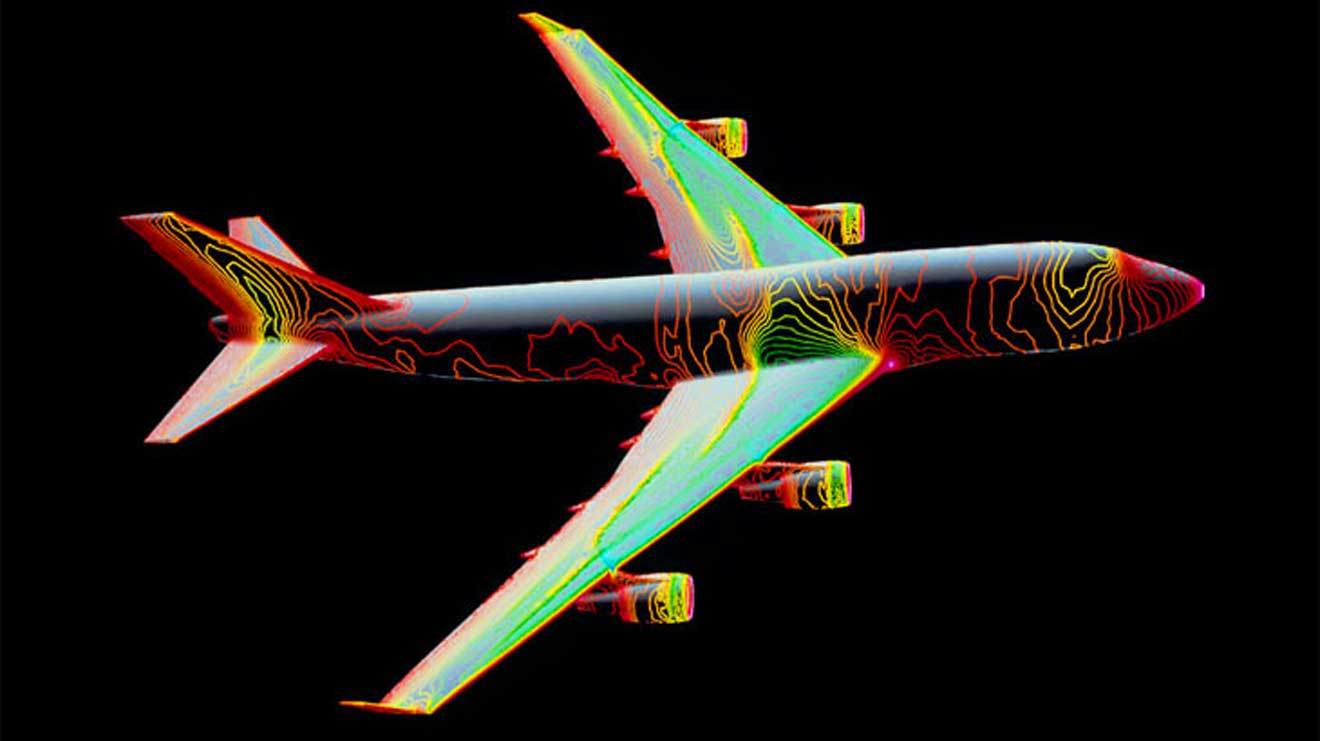

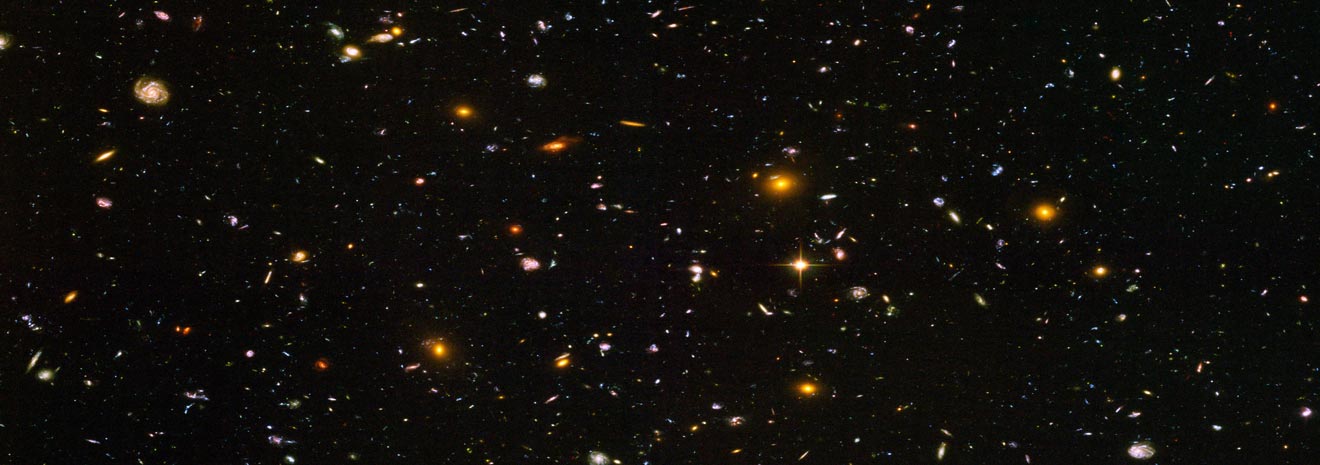
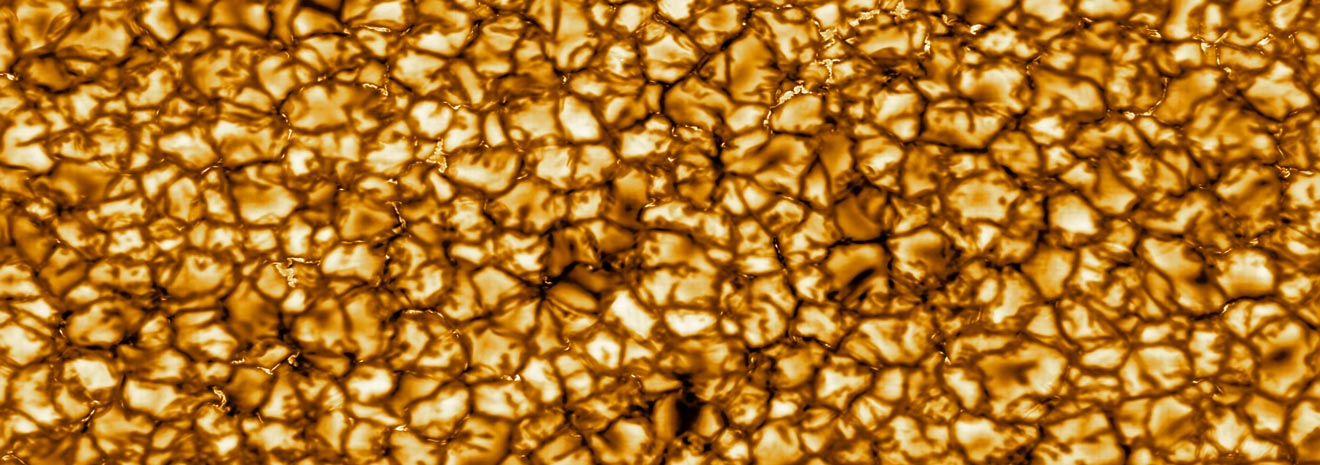
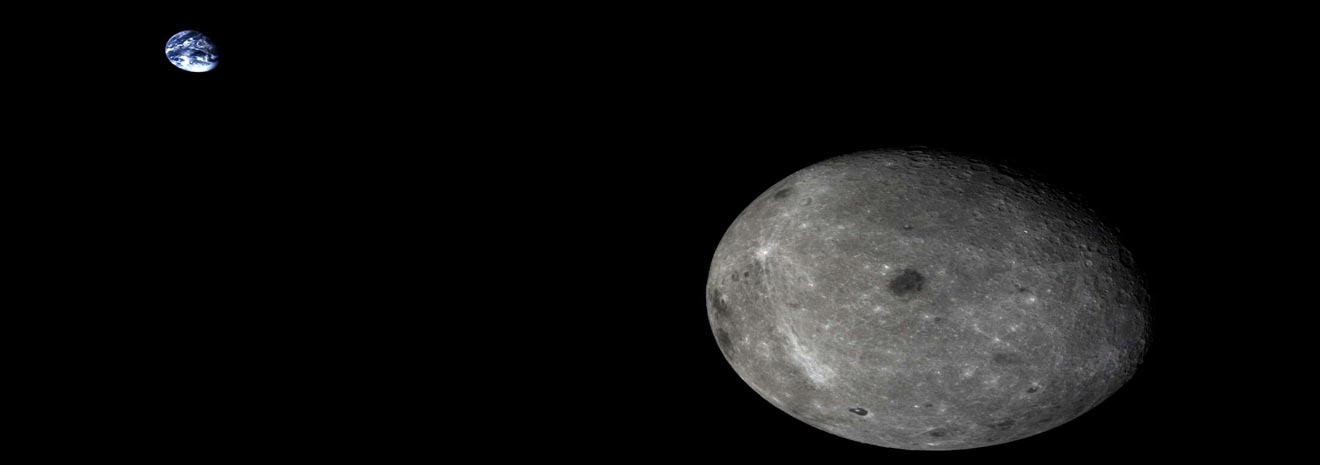
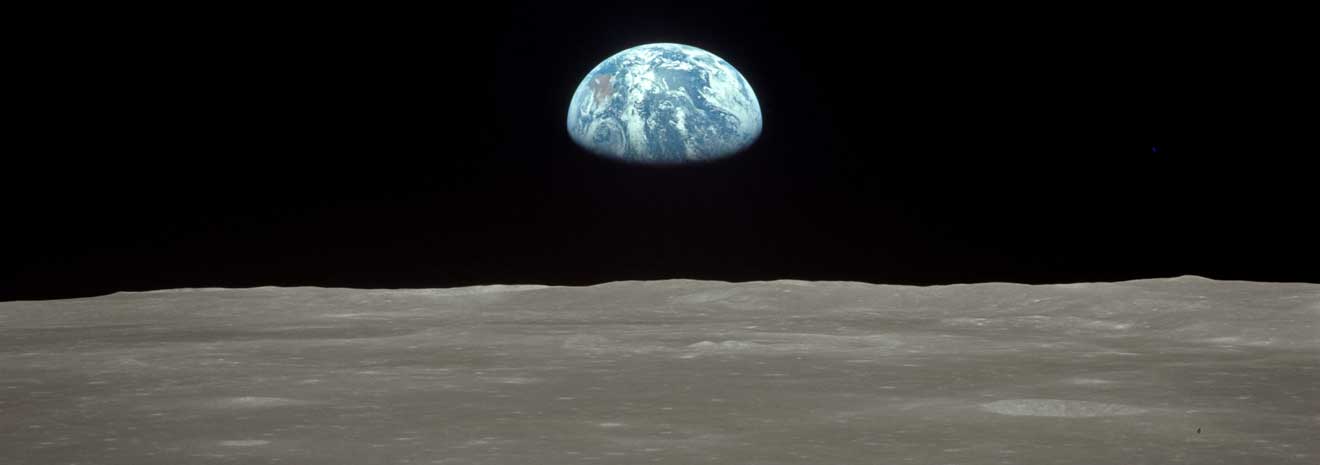
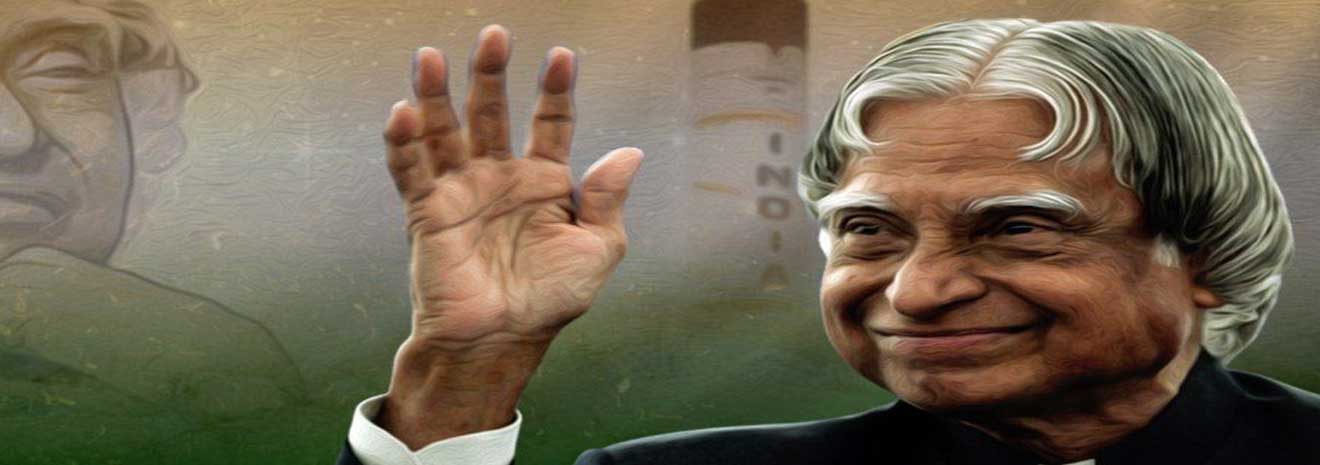
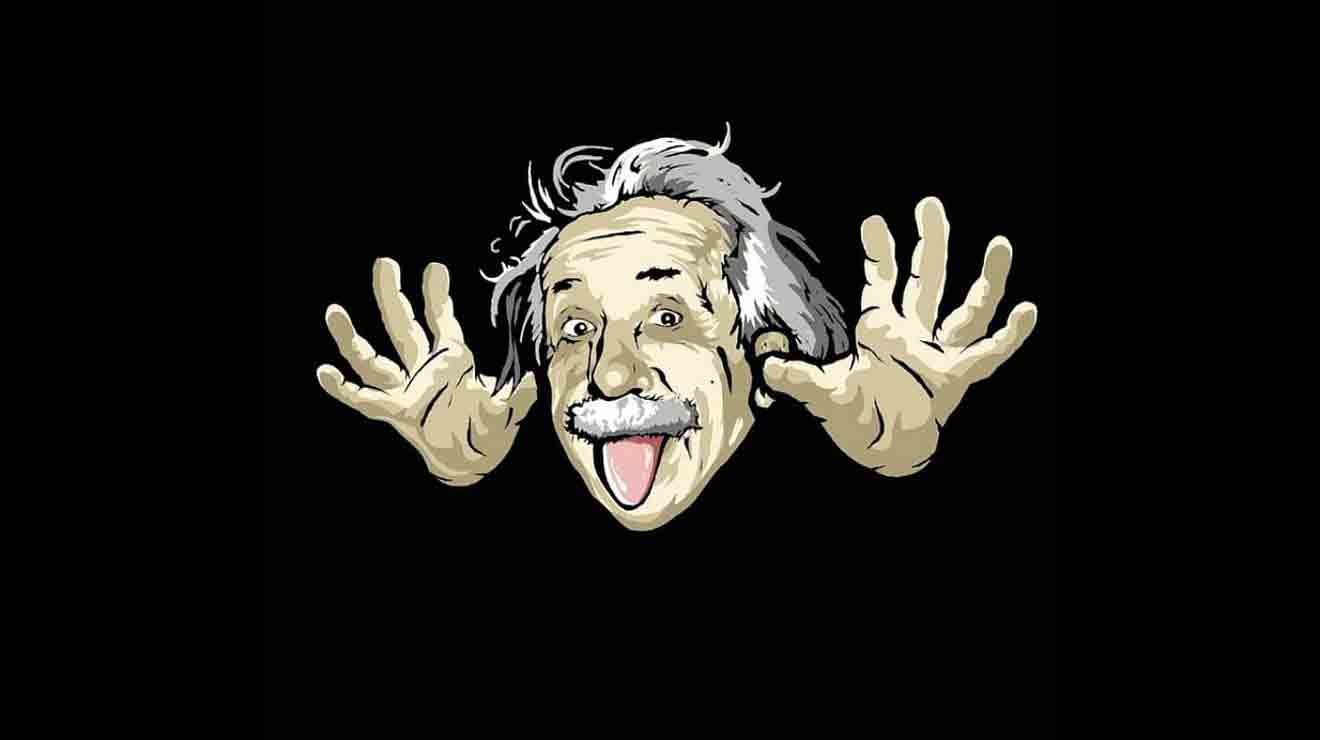

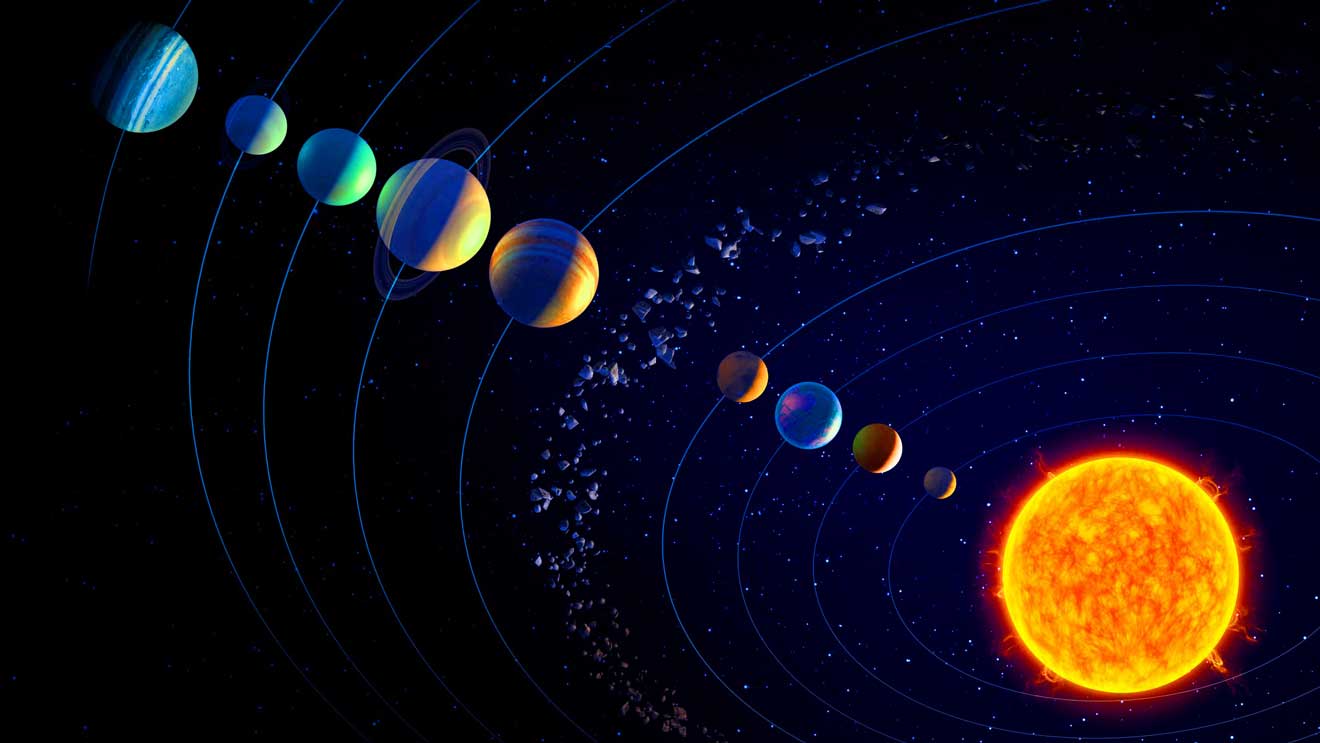
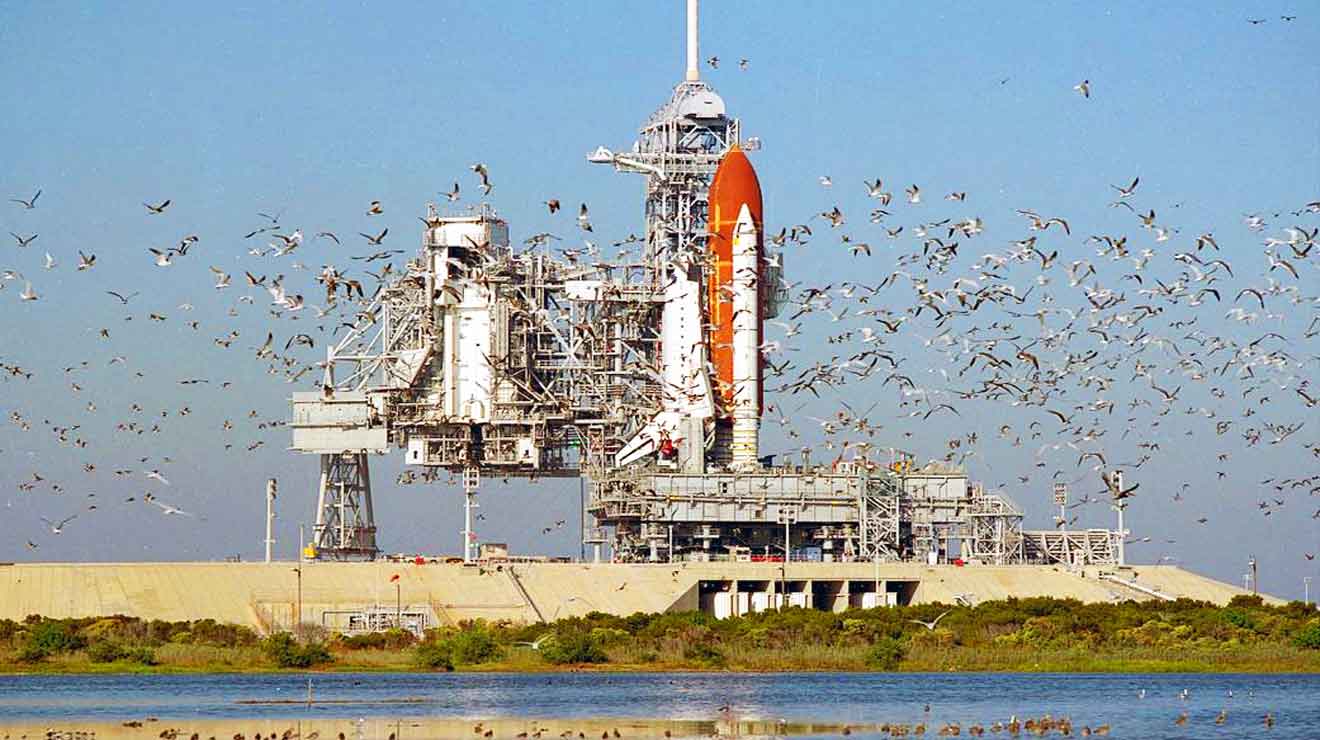






Add Comment